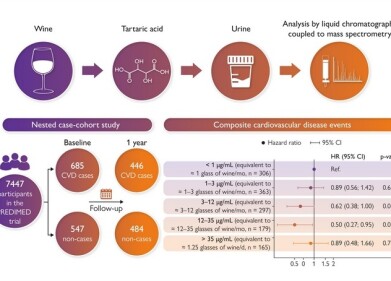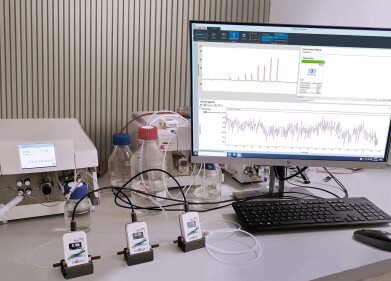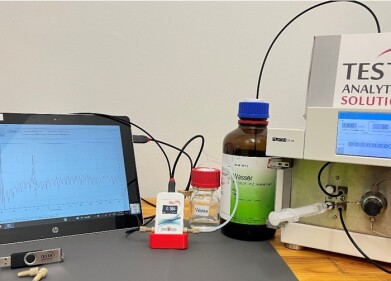Chromatography
How Do Magnetic Pulses Curb Addiction?
Sep 29 2017
Helping people with addictions is a tricky business. Some medications can help, while other addictions require several sessions of behavioural counselling. Even after the addiction, there is a long follow-up process and the chance of relapse is never completely gone. Recent research, however, has found that there are treatments other than medication that can help. Read on to see what role magnetic pulses play in helping addicts.
Introducing TMS
TMS – or transcranial magnetic stimulation to give its full name – is a non-invasive method used to trigger activity in the brain. According to Science Mag, it’s been used by Italian physician Luigi Gallimberti in his clinic to treat over 300 addicts. So, how does it work?
Using a coil held near the scalp, electric pulses create a dynamic magnetic field which causes electric currents in the cortex. By changing the frequency of these pulses, Gallimberti is able to change the level of neuronal firing. There are multiple ways this method can interact with the brain and conquer the addiction – through the cold and hot circuits
Cold circuit
For cold circuit TMS – also known as executive control – the pulses are delivered multiple times every second for a few seconds, then turned off for around three times that period. This continues for around 200 seconds. It’s thought that these bursts of stimulation in the dorsolateral pre-frontal cortex can strengthen the cold circuit and cancel out drug craving impulses.
Hot circuit
If applied to the ventromedial prefrontal cortex, the stimulation can also impede neurons in the hot circuit. This connects to an area of the brain which is abnormally active when addicts are exposed to cues. For cocaine addicts, cues could be something like white powder. By inhibiting this area of the brain, the treatment can effectively curb cravings.
Testing TMS
TMS is already an approved method of treatment for depression, but is new to the field of addiction. Following Gallimberti’s use of the treatment for addiction, it has been put forward for more thorough testing at a range of institutions. The Medical University of South Carolina, National Institute of Psychiatry in Mexico City and Baltimore’s NIDA are all investigating its efficacy at curbing addiction.
Pushing the limits
As well as improvements to addiction treatment, it’s important to develop accurate methods for drug screening. Liquid chromatography-tandem mass spectrometry can improve the sensitivity of tests, allowing for improved identification even for rare substances, as discussed in the article ‘Pushing the Limits of Speed and Sensitivity in Drug Screening – an LC-MS solution’.
Digital Edition
Lab Asia 31.6 Dec 2024
December 2024
Chromatography Articles - Sustainable chromatography: Embracing software for greener methods Mass Spectrometry & Spectroscopy Articles - Solving industry challenges for phosphorus containi...
View all digital editions
Events
Jan 22 2025 Tokyo, Japan
Jan 22 2025 Birmingham, UK
Jan 25 2025 San Diego, CA, USA
Jan 27 2025 Dubai, UAE
Jan 29 2025 Tokyo, Japan



















